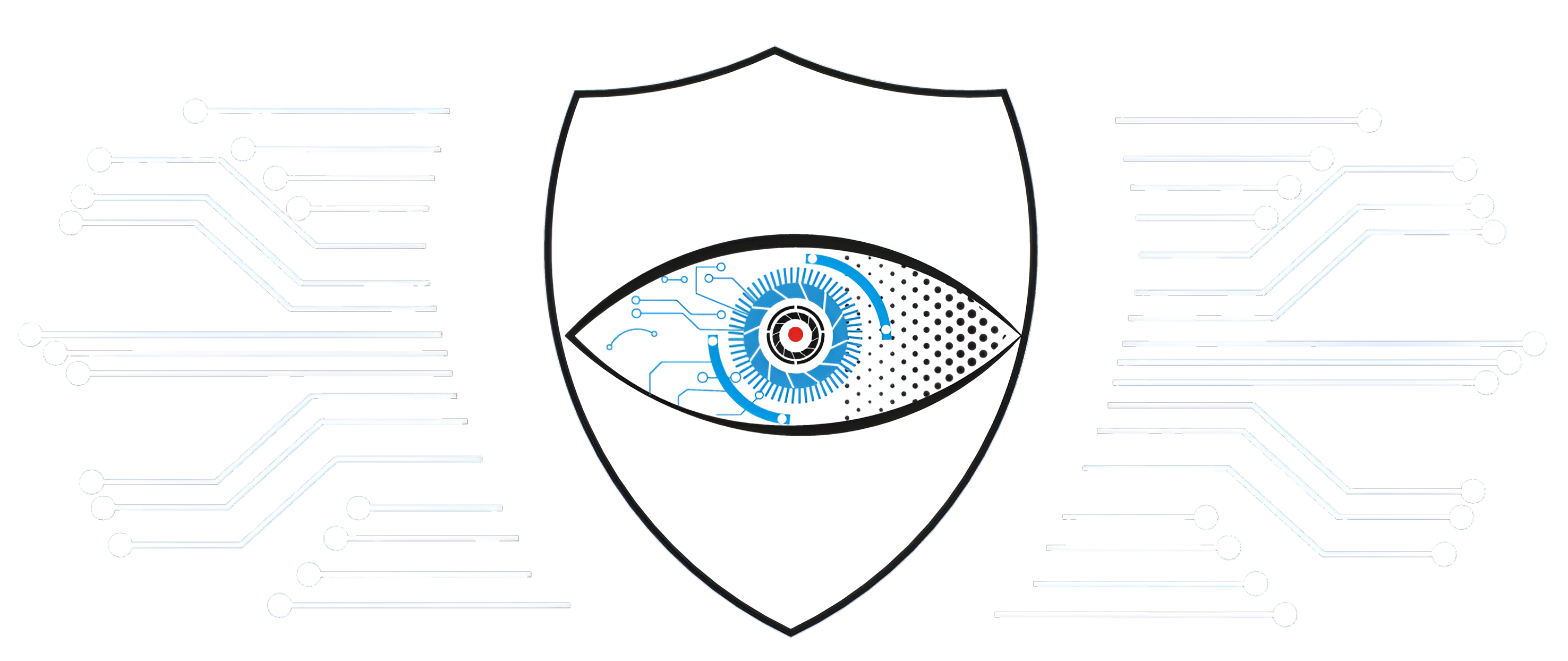- info@firewall-iq
- Al-Qadisiyyah - Service Street opposite Um Al-Tabool Mosque - Sham Center Complex
Web Design Essentials for Optimal User Experience

Web Design Essentials for Optimal User Experience" delves deeper into the foundational elements that make a website successful. Here are some key aspects:
-
User-Centered Design: Understanding the target audience is crucial. A user-centered approach ensures that the design meets the needs and preferences of the users, making their interaction with the site intuitive and satisfying. This includes creating personas, mapping user journeys, and designing interfaces that align with user expectations.
-
Visual Hierarchy: Effective web design uses visual hierarchy to guide users’ attention to the most important elements first. This involves strategically using size, color, contrast, and spacing to create a natural flow on the page, helping users find information quickly and easily.
-
Responsive Design: With the growing use of mobile devices, responsive design has become essential. A website must look and function well on various screen sizes, from desktops to smartphones, ensuring a consistent experience across all devices.
-
Load Time Optimization: Fast load times are critical for user satisfaction and search engine ranking. Optimizing images, leveraging browser caching, and minimizing code are just a few ways to ensure that a website loads quickly, reducing bounce rates and improving user engagement.
-
Accessibility: A well-designed website must be accessible to all users, including those with disabilities. This involves following guidelines like the Web Content Accessibility Guidelines (WCAG) to ensure the site is usable by people with various impairments, including visual, auditory, and motor disabilities.
-
Content Quality: High-quality content is central to user experience. This includes not just the written content but also the use of multimedia like images, videos, and infographics. Content should be clear, concise, and relevant, helping users achieve their goals without unnecessary distractions.







